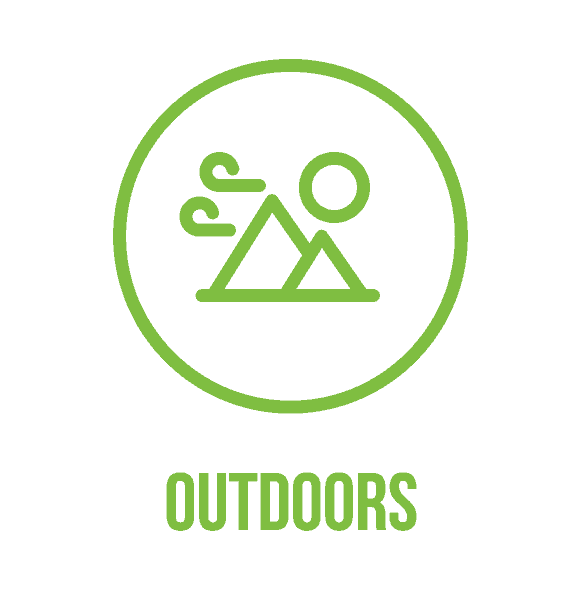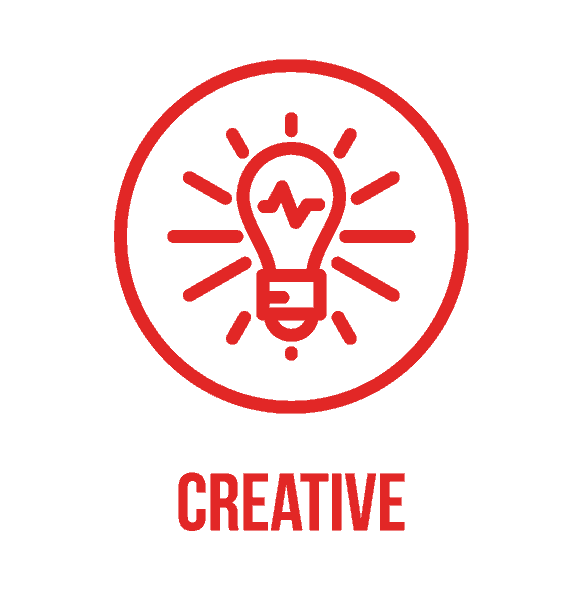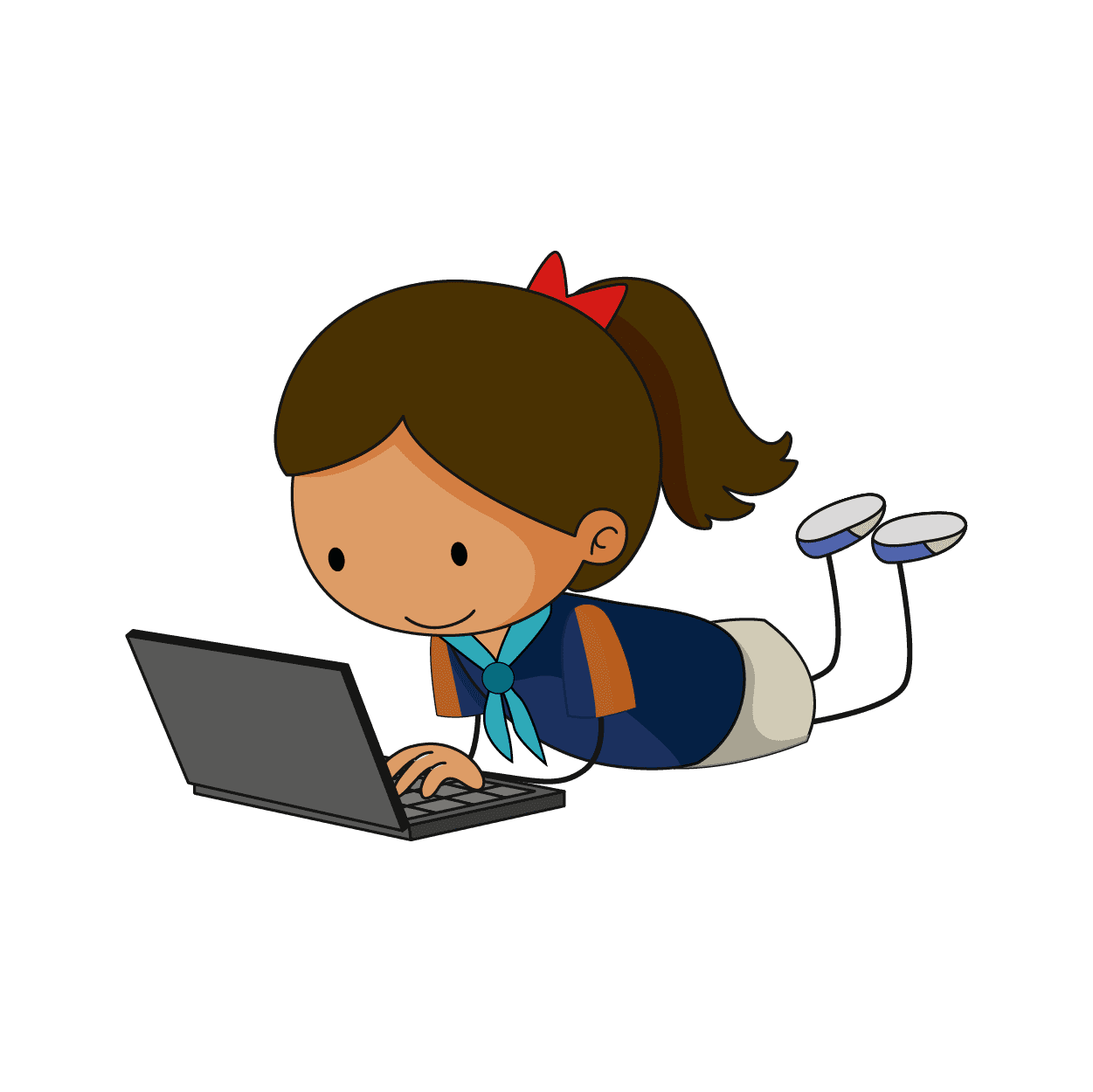
Whether you’re a seasoned Scout looking to learn new skills and continue Scouting fun at home, or not a Scout at all, you can take part in our Weekly Challenge!
Each week, we’ll introduce a new set of five new challenges for you to complete – each based on the following Challenge Areas.






Keep Score
- Download a Score Card to keep track of your progress.
- Complete the challenges set out each week.
- When you’ve finished your challenge(s) for the week, fill in the form below to log your activities. Note - you only need to complete at least one of the challenges!
- You'll receive an email with a certificate and snazzy virtual badge to show your friends!
Ready to get stuck in? Discover the challenges for Week 14 below. You can download the Week 14 Challenge Chart here.
Week 14 Challenge

Pulse Check
Ages: Joeys and Cubs (5-11 years)
Number of People: One
Your heart is a pump which pumps blood out around your body through your arteries. You can feel the blood pumping where the arteries are close to your skin. These are your pulse points, and if you feel gently with your fingertips you can count how fast your heart is beating.
The idea of aerobic exercise is to get your heart pumping faster, which will exercise and strengthen your heart as well as the muscles that you are using in your body. This activity encourages you to learn how to take your pulse and see how different types of exercises impact your pulse rate.
What You’ll Need
- Paper
- Pens or pencils
- Timer
- Calculator
Instructions
- Practice finding your pulse, using the first two fingers of one hand to feel the pulse on the opposite wrist, just below the thumb. To measure the resting heart rate, take your pulse while you are relaxed and sitting down. Take the number of beats you count in 10 seconds and multiply them by six. Write this figure down on a piece of paper.
- Plan a walk around your neighbourhood, with the aim of measuring your heart rate. Identify areas on the route suitable to skip, jog on the spot or do star jumps, to see how your resting heart rate
- compares with your target exercise heart rate.
- At the chosen points on the route, assign appropriate exercise for an allotted time, for example, 10 minutes of running on the spot. At the same time, check your pulse rate after one, two and five minutes of activity, and at the end. Just count the number of beats in 10 seconds then multiply by six. Write down each of the results.
- At the next stopping point on the route, choose a different exercise and repeat the process, stopping to measure your pulse and record the results again.
- Also, measure your pulse after each stage of your walk and see how it compares with your pulse rate at the start of the walk, during the middle and at the end.
- When the walk is finished, have a look at your results and see which exercise produced a higher heart rate. You will find that 10 minutes of hiking, which is moderate exercise, results in a lower heart rate, while a burst of star jumps will increase the heart rate because it is more intense.
Reflection
Planning a walk around other forms of exercise to measure and compare heart rate will reveal the science behind exercise and show which forms of exercise are best to keep your heart healthy. By recording your results, you will see that different activities affect heart rate differently. The activity shows that a short burst of vigorous exercise bumps up the heart rate, whereas you would have to do moderate exercise, such as walking, for a longer time to achieve the same result.
Spot the Constellations
Ages: Joeys, Cubs and Scouts (5-14 years)
Number of people: One
Create your own planisphere to help you spot stars and constellations!
What You’ll Need
- Scissors
- Coloured pens or pencils
- Glue stick
- Split pins
- Compass (optional, but useful to set the planisphere more accurately)
- Planisphere template, which you can download and print here.
Instructions
- Cut out the horizon templates for both hemispheres, making sure you cut out the shaded areas in the middle of each template to make the spy window. This can be a little tricky, so try folding the horizon template over and making a snip in the middle of the shaded area to get you started.
- Fold the tab on the left of each horizon template back behind the template.
- Glue both tabs, line the horizon templates up with the illustration facing outwards, and use the glued tabs to stick the horizon templates back to back. You should now have a double sided horizon template, which is open all the way through the middle.
- Use a split pin to make a small hole through the very middle of the double sided horizon template (in the middle of the circle on the bar across the centre of the template).
- Take your star maps, and use a pencil to write a small ‘N’ for north and ‘S’ for south on the front, before cutting them out. The letters will make sure you don’t get mixed up.
- Line your star maps up back to back, so that the months line up. It may be helpful to hold the maps up to a light or a window, so you can see through the paper to match up the lines.
- Pick a month, and place a dot of glue behind their month, on the back of the map. Match the month you chose on both maps, to give you a matched up starting point to glue the maps together.
- Glue your maps together to create a double sided map – one side is the northern hemisphere, the other side the southern hemisphere.
- Use the split pin to make a hole in the middle of your star map – it should go right through the north star (Ursa Minor), which is in the middle of the side marked ‘N’.
- Slide your star map into your horizon template. The side with the ‘N’ on should be under the northern hemisphere horizon template, and the side with ‘S’ on should be under the southern hemisphere horizon template.
- Line up your star maps, so that the line between the months and the stars lines up with the curved top of the horizon template. The names of some months, and the little numbers underneath, should poke out of the top of the horizon template.
- Attach the whole planisphere together by pushing a split pin through the holes you made in both pieces earlier.
- It’s time to take your planisphere out for a spin! Choose the southern side of your planisphere.
- Set your planisphere for today’s date, and line it up with the time on the horizon template. The stars visible in the oval window on your star map are the ones visible in the night sky at that time. Head outside to see what you can spot in the night sky! To make sure your planisphere is set to the right date and time, start by looking north, and line the planisphere up so north is at the bottom. If you move round, move the planisphere so the direction at the bottom of the horizon template matches the direction you’re facing.
Reflection
Planispheres help you to name the constellations you can see, depending on where you are and what time of year it is. Not only did this activity encourage you to learn how to find constellations, but it also gave you the opportunity to spend some time outdoors. Did you enjoy spending time outside looking at the stars? Did it feel different to spending time outside in the daytime? How did looking at the stars make you feel?
My Local History
Ages: Cubs and Scouts (5-11 years)
Number of People: One
Did you know that there are around 3,800 suburbs across Australia? Each suburb and locality is unique, with its own local landmarks and historical background. In this activity, we encourage you to dip deep into this history by doing some research of the suburb or locality you live in.
Instructions
- Use the internet or resources at your local library to learn about the history of your suburb, locality or local government area. When was it established and what did early life in your suburb look like?
- What is the meaning behind your suburb’s name? For example, the suburb Kogarah in Sydney is named after the Aboriginal word ‘kuggerah’ which means place of reeds.
- Do some research into the current demographics of your suburb. How many people live there? What types of families? Are there any local businesses, schools, parks or other landmarks?
- How has the suburb changed over time? Why do you think certain parts have changed while others have remained the same?
Reflection
Local history is a powerful vehicle for helping us understand our localities, and help us realise that people just like you and me hold our place in history!
DIY Compass
Ages: Joeys and Cubs (5-11 years)
Number of People: One
Make a simple compass using some household items, and discover the effects of metallic and magnetic materials on it!
What You’ll Need
- A piece of paper
- Felt-tipped pen
- Plate or saucer
- Water
- Piece of cork (a slice from a wine bottle cork is ideal)
- Sewing needle
- Magnet
Instructions
- Take the needle and magnet. Stroke the magnet against the needle, making sure you stroke it in the same direction. The more times the needle is stroked the more molecules are pulled in line and the stronger the magnetised needle will become.
- Fill the plate with water and place the cork on top of the water. The cork will float.
- Rest the magnetised needle on the cork. The cork will rotate and the needle will point in a North South direction.
- Use the felt-tipped pen to mark a sheet of paper with the points of a compass (North, South, East and West). Gently lift the saucer and place on top of the paper. Make sure ‘North’ is aligned with the magnetised part of the needle.
- Think of as many situations as you can when a compass would be useful and write about why.
Reflection
The Earth acts like it has a magnet inside it. The magnetised end of your needle is attracted to the North Pole of the Earth because the ‘magnet’ inside the Earth has its south end facing towards the North Pole. Opposite poles attract, so this explains why the north end of the compass needle points toward the south end of the magnet within the Earth - the North Pole.
Kindness Rocks!
Ages: Joeys and Cubs (5-11 years)
Number of People: One
One message, at just the right moment, can change someone’s entire day, outlook or life. This fun activity will give you the opportunity to design colourful kindness rocks and learn the powerful skill of using words to inspire and motivate both yourself and others around you!
What You’ll Need
- Paint
- Paint brushes
- Permanent markers
- Smooth rocks (you can get them from your garden, a craft store or garden centre)
Instructions
- Research what kindness rocks are and what their purpose is. Look at examples of kindness rocks online.
- Gather your materials
- Paint your rocks using paint and paint brushes. Be as creative as you can!
- As the painted rock dries, have a think of some messages you could write. Here are some awesome examples.
- Once your rocks are dry, write a message on each rock.
- Decide whether to place the rocks somewhere in the local community or whether to give them to someone else like friend, parent, sibling or neighbour.
Reflection
This activity was about doing something kind for others and thinking about the difference this makes. Imagine that you found one of the rocks while having a bad day. How would it make you feel to find the kindness rock? Would it make you feel better? Would it make you want to reach out to other people having a bad time?
A Note on Safety...
If you are aged 18 years or under, you must have your parent's permission or supervision before you begin any activity.
As always, be sure to abide by the Scout Promise, whether engaging in online conversations through email, virtual conversations with other Scouts or on social media, and by phone.
Visit Kids Helpline for best practices on internet safety, or click here for more information on keeping safe online.
Previous Weekly Challenges
Want to dive into one of our previous Weekly Challenges? Find the challenges, and all supporting materials below.
More activities to do at home
On the look out for more challenges to complete? Luckily for you, we've created an Activity Pack full of them!
Check them out here.

 English
English